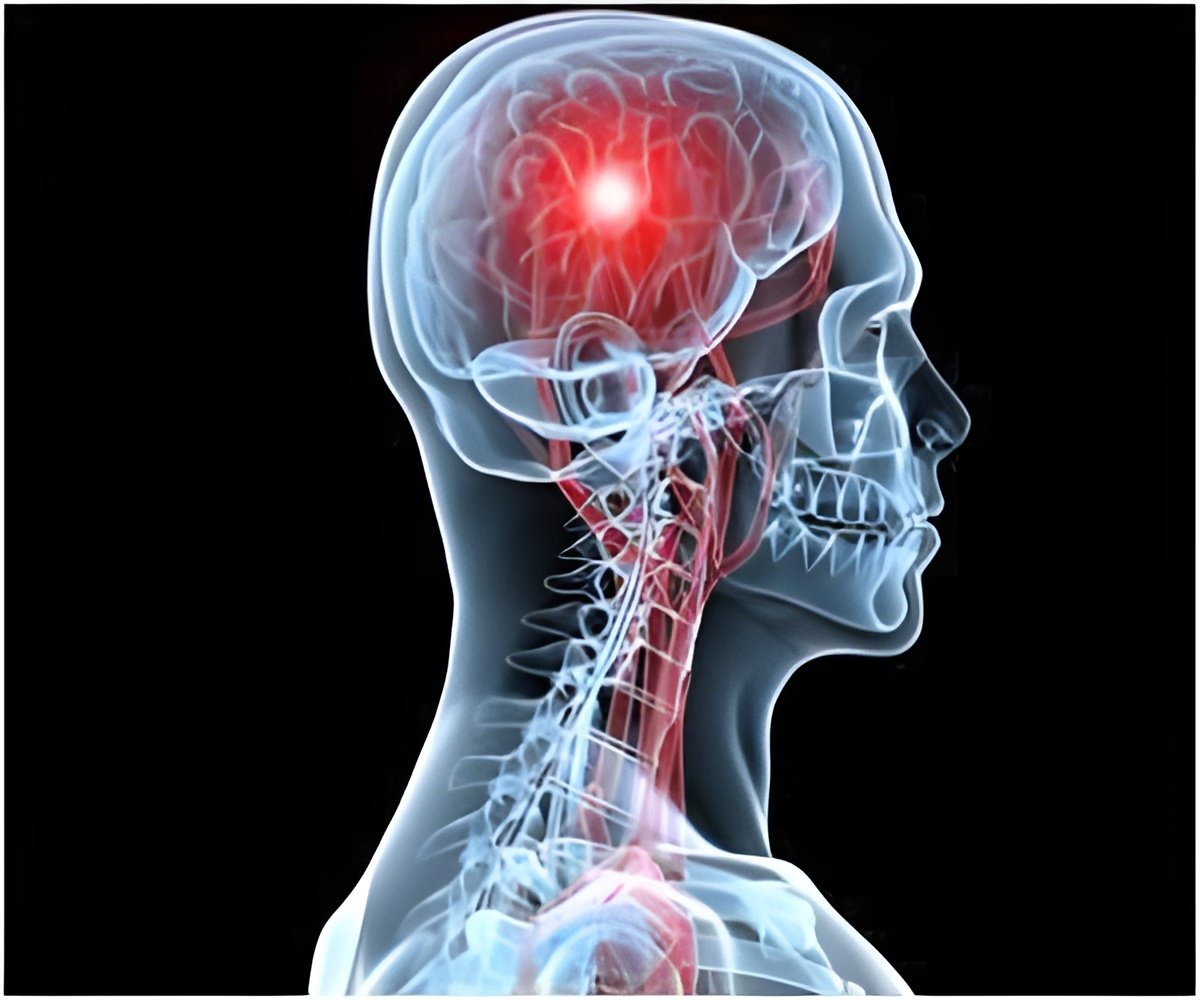
Stanley also described challenges that remain to read and write the neural code and asserted that the specific timing of electrical pulses is crucial to interpreting the code. He wrote the article with support from the National Science Foundation (NSF) and the National Institutes of Health (NIH). Stanley has been developing approaches to better understand and control the neural code since 1997 and has published about 40 journal articles in this area.
"Neuroscientists have made great progress toward reading the neural code since the 1990s, but the recent development of improved tools for measuring and activating neuronal circuits has finally put us in a position to start writing the neural code and controlling neuronal circuits in a physiological and meaningful way," said Stanley, a professor in the Wallace H. Coulter Department of Biomedical Engineering at Georgia Tech and Emory University.
Source-Eurekalert













